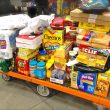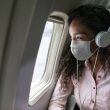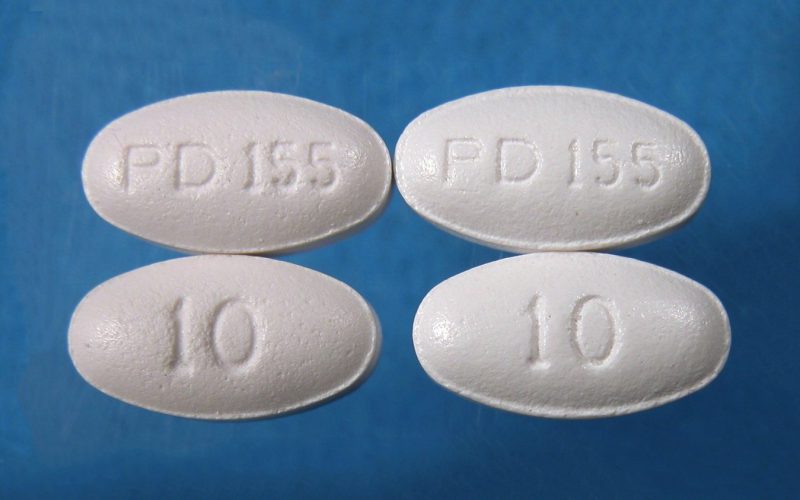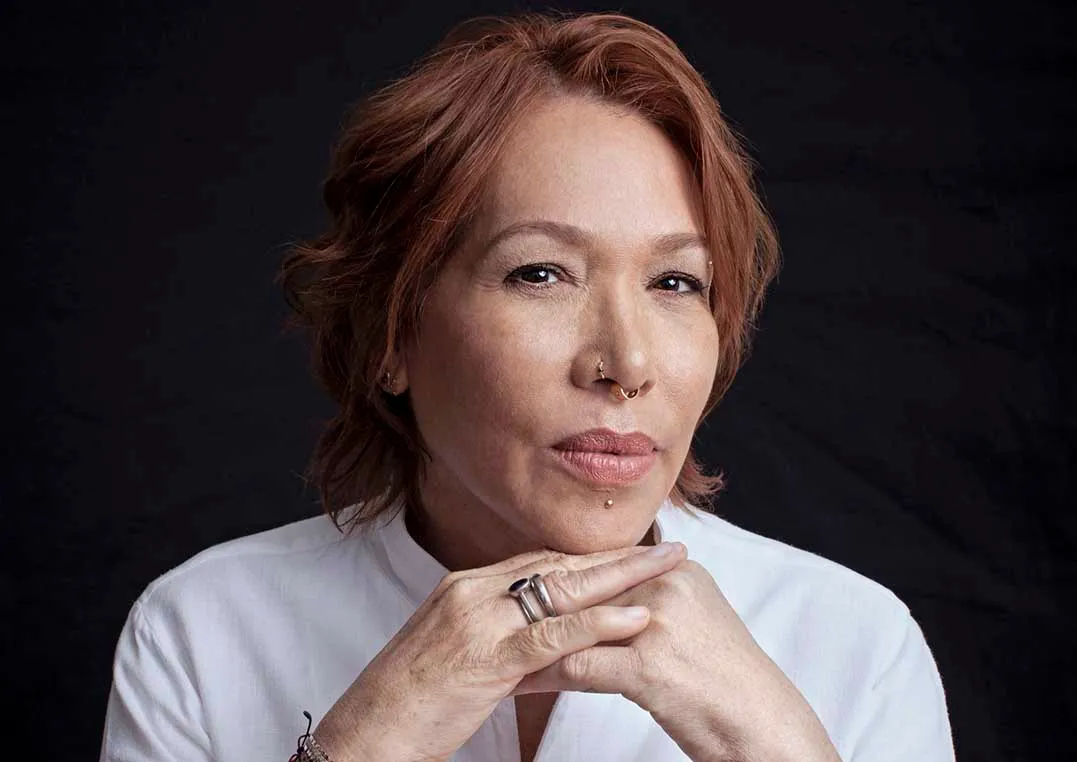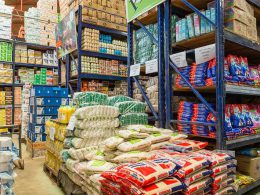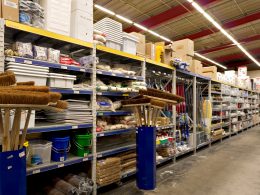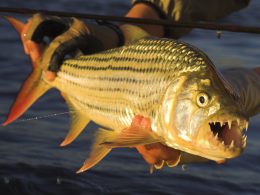A Fake drug is a drug product which is not what it purports to be. It is any drug product which is formulated or made to appear to be better than it really is. The term can also refer to a drug which is deliberately and fraudulently mislabeled with respect to identity and/or source or with fake packaging.
The deadly consequences of using counterfeit medicine are well understood to be a challenge to the integrity of public health systems round the globe, and also a threat to our individual health and welfare. The issue of fake drug has persisted despite all efforts by regulatory bodies towards compliance with standards.
As a consumer, you may not have access to most of the test equipment used by regulatory bodies to verify the identity of a drug product as discussed in our previous article “Drug Product Faking: Methods for Testing Counterfeit Drugs”. The following tips will serve as a guide to purchasing genuine drug products. These tips are not 100% effective but they might assist
1. Visual inspection
Visual inspection as stated by the World Health Organization (WHO) (1999) still remains the first step in identifying potential fake drug irrespective of the analytical methods used. This is because such observation serves as a lead to identifying fake products even in the absence of the knowledge of the physical characteristics of a genuine drug product. You are expected to examine carefully both the package and its content before purchase or use.
a. Visual inspection of the Package
You should
Examine the package and check if it appears suspicious or different from what you previously know.
Check if the security seal has been tampered with by looking for breaks or tears in the sealing tape and seals.
- Look for unusual fonts, font sizes, print colour, and spelling errors.
- Check the legibility of the information on both the primary and secondary packages.
- Check if the batch number, expiry date and manufacturer’s address on the secondary package are the same with that on the primary package.
- Check if the manufacturer’s address is traceable, that is, if it contains the exact location of the company and not just the country address.
- Check if the registration number (NAFDAC number as the case is for products marketed or sold in Nigeria) is properly printed or if it appears to be tampered with.
b. Visual inspection of the Dosage form
At this stage, you are meant to:
- Check for differences in the physical appearance (colour uniformity, size, shape, consistency etc.) of the drug. As stated by WHO, commonly encountered physical defects that should be looked out for in tablets include:
- Excessive powder and/or pieces of tablets at the bottom of the container (from abraded, crushed or broken tablets);
- Cracks or chips in the tablets, swelling, mottling, discolouration, fusion of tablets;
- Appearance of crystal on the walls of the container or on the tablet.
- Hardening or softening, cracking, swelling, mottling or discolouration of capsule shell should also be looked out for.
- Also check the organoleptic properties of the dosage form if you have been using the medication.
2. Mobile Authentication Service using Short Message Service (SMS)
Mobile Authentication Service (MAS) is one of the cutting edge technologies used to curb the menace of fake drugs. It is a technology that has put the power of identifying fake drug products in the hands of many cell phone users.
MAS involves the packaging of drugs with scratch card placed on the package from the point of manufacture. When scratched, the revealed codes could be sent free of charge to 38353 (Sproxil), 38351 (Pharmasecure), 20966 (UBQ), 1393 (Goldkeys) etc., depending on the service the manufacturer chose. Shortly after, the sender receives a reply confirming whether the drug is genuine or fake.
3. Source
The source of the drug also determines if you are buying a fake drug or not. Filling your prescription in a reputable pharmacy greatly reduces your chances of buying fake drugs while buying from illiterate and unqualified vendors who hawk drugs in buses, motor parks and in the streets increases your chances of buying fake drugs.
4. Price
This is another way of identifying fake product. If the price is far cheaper than what is expected, then you have to think twice. However, this may not always be true especially for some products (fake innovator/generic brands) which may be sold at the same price as the genuine one.
5. Unexpected side effect
Counterfeit drugs most of the time contains inert substances other than the appropriate Active Pharmaceutical Ingredient (API). They may also contain incorrect substances, improper dosage or hazardous substances which do no elicit therapeutic effect.
Unusual side effects, allergic reactions, or a worsening of medical condition after taking a medication may be a pointer to identifying a fake drug. The medication should be stopped once any of the above is noticed.
Conclusion
There are a thousand and one counterfeit, gray and substandard drugs in the market today; and the negative impacts of these drugs know no boundaries. Drugs are poisons and care must be taken to avoid fake ones. The tips discussed in this article will not only help reduce your chances of purchasing, using, and suffering the untoward effects of fake drug products but will also save you some money.
You can contribute your quota in fighting the war against counterfeit drugs by sharing this information. Let me know your thoughts in the comment section.



